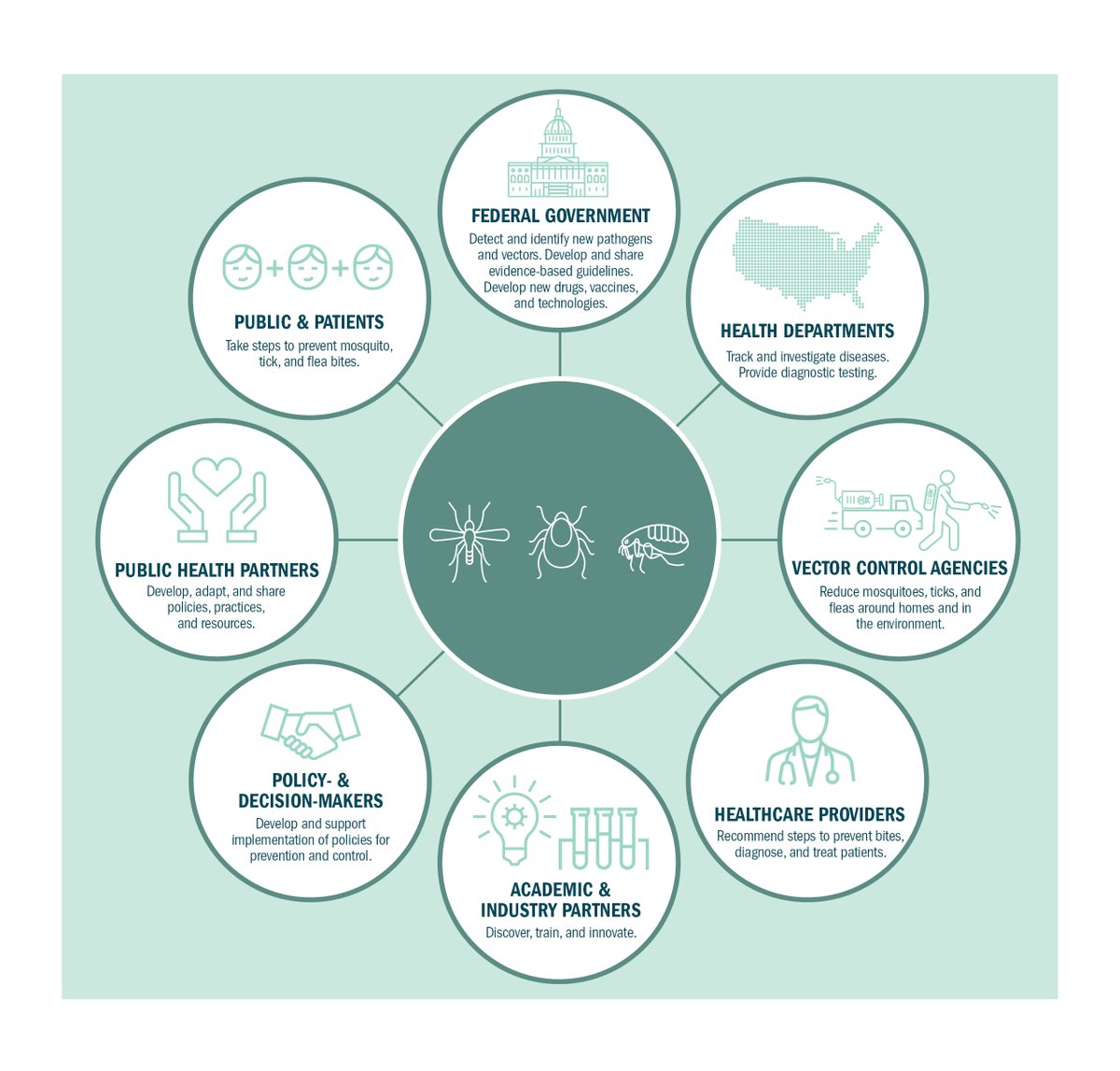Adrian Baranchuk, MD, FCCS @adribaran @QueensUCanada @QueensUGME | Lyme Carditis: Manifestations of Lyme disease in the electrical system. #LivLymeSummit @liv_lyme 

@adribaran @QueensUCanada @QueensUGME @liv_lyme Baranchuk | The only way we're going to make progress is if we all work together. We need better education and more awareness. #LivLymeSummit
@adribaran @QueensUCanada @QueensUGME @liv_lyme Baranchuk | There are varying degrees of heart block. Some patients may have vague symptoms: fainting, shortness of breath, chest pain. Myopericarditis is global inflammation of the heart, like @drneilspector may require heart transplant. #LivLymeSummit
@adribaran @QueensUCanada @QueensUGME @liv_lyme @drneilspector Baranchuck | Most of our patients present with complaint of syncope (fainting.) If a patient presents with facial nerve palsy, we need to assume it is Lyme disease until proven otherwise and treat them with antibiotics. #LivLymeSummit
@adribaran @QueensUCanada @QueensUGME @liv_lyme @drneilspector Baranchuk | Diagnosis and Treatment of Lyme Carditis: JACC by @adribaran @yeung_cynthia #LivLymeSummit
sciencedirect.com/science/articl…
sciencedirect.com/science/articl…

@adribaran @QueensUCanada @QueensUGME @liv_lyme @drneilspector @yeung_cynthia Baranchuk | Has published 5 case studies of high-degree AV heart block. All were able to avoid pacemaker implantation due to antibiotics.
Lyme Carditis and High-Degree Atrioventricular Block. ajconline.org/article/S0002-… #LivLymeSummit
Lyme Carditis and High-Degree Atrioventricular Block. ajconline.org/article/S0002-… #LivLymeSummit
Bananchuk | Developed SILK score to determine risk for Lyme carditis. In 88 patient case review, the SILK score was 93-100% sensitive in determining Lyme carditis. #LivLymeSummit 

@adribaran @QueensUCanada @QueensUGME @liv_lyme @drneilspector @yeung_cynthia Baranchuk | Treating Lyme carditis high‐degree AV block using a temporary–permanent pacemaker. #LivLymeSummit onlinelibrary.wiley.com/doi/abs/10.111…
@adribaran @QueensUCanada @QueensUGME @liv_lyme @drneilspector @yeung_cynthia Baranchuk | "In chronic endemic Lyme regions I suspect that Lyme carditis is under diagnosed". "My project is to offer a model to cardiologist and emergency med for diagnosis." #LivLymeSummit
• • •
Missing some Tweet in this thread? You can try to
force a refresh







